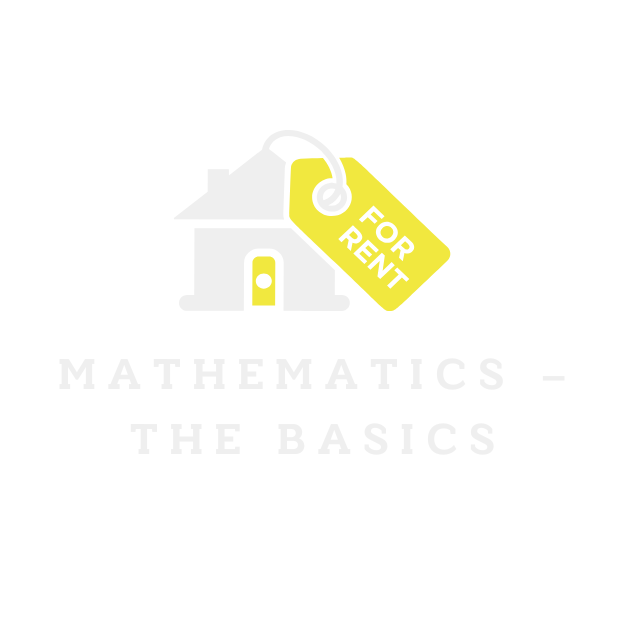Buying a house is often seen as the ultimate American dream, but let’s face it—saving for a down payment can feel like trying to find a unicorn in a haystack. That’s where the 401(k) comes into play, ready to swoop in like a superhero with a cape made of dollar bills. Who knew your retirement plan could double as a house-hunting sidekick?
Table of Contents
ToggleUnderstanding 401k Plans
A 401(k) plan serves as a powerful tool for retirement savings. It allows individuals to set aside a portion of their salary before taxes.
What Is a 401k Plan?
A 401(k) plan offers employees a way to save for retirement through payroll deductions. Employees contribute a percentage of their income, allowing them to grow their savings tax-deferred. Companies often match employee contributions up to a specific percentage. This matching can significantly enhance retirement funds over time. Withdrawals made before age 59.5 typically incur penalties and taxes, reinforcing the plan’s long-term purpose.
Types of 401k Plans
Different types of 401(k) plans exist to suit various workplace needs. A traditional 401(k) allows employees to invest pre-tax income. This option reduces taxable income while accumulating savings for retirement. A Roth 401(k) offers post-tax contributions, allowing tax-free growth and withdrawals in retirement. Safe harbor plans provide mandatory employer contributions, ensuring employees receive matching funds. Lastly, solo 401(k) plans cater to self-employed individuals, enabling higher contribution limits compared to other retirement accounts.
Using 401k for Down Payment on a House

Using a 401(k) for a down payment offers flexibility in home buying. Two main options exist for accessing these funds: withdrawals and loans.
Withdrawal Options
Withdrawals from a 401(k) may provide immediate access to cash. Typically, individuals can withdraw up to $10,000 without facing a penalty if used for a first home purchase. However, taxes apply on the amount withdrawn, impacting the overall financial picture. This option allows for direct access but risks long-term retirement savings. Understanding the implications is crucial for making an informed decision.
Loan Options
Taking a loan from a 401(k) offers another pathway to fund a down payment. Borrowers can typically access up to 50% of their vested balance or a maximum of $50,000. Repayment usually occurs within five years with interest added. While this method keeps funds in the account, it reduces the account’s growth potential during the repayment period. Evaluating the repayment terms and interest rates is essential for ensuring this option aligns with overall financial goals.
Pros and Cons of Using 401k for Home Purchase
Using a 401(k) for a home purchase presents both advantages and disadvantages worth considering. Evaluation of these factors aids in making a sound financial decision.
Advantages
Accessing a 401(k) for a down payment allows individuals to leverage their retirement savings without waiting. Significant benefits include the ability to withdraw up to $10,000 penalty-free for first-time home purchases, promoting homeownership. Loan options provide another avenue, enabling individuals to access up to 50% of the vested balance or a maximum of $50,000. Flexible payment terms apply, with repayment often extending up to five years. Potential employers’ matching contributions remain intact while borrowing, preserving the growth of retirement savings. Overall, these factors can support an efficient transition into homeownership.
Disadvantages
Using a 401(k) poses notable risks to retirement security. Early withdrawals incur tax liabilities, which can diminish long-term savings. Individuals must also weigh the potential loss of investment growth caused by reducing the account balance, aligning with future retirement goals. Loan repayments may strain monthly budgets, affecting cash flow. In case of job changes, remaining debt on a 401(k) loan can accelerate repayment demands, creating additional financial pressure. These downsides suggest careful consideration before utilizing retirement funds for home purchases.
Strategies for Managing Your 401k and Down Payment
Managing a 401(k) thoughtfully can significantly impact saving for a home. Individuals should consider strategic options to maximize their resources effectively.
Saving for a Down Payment
Saving for a down payment often presents challenges, but leveraging a 401(k) can offer solutions. Individuals might utilize the penalty-free withdrawal option for first-time home purchases, allowing access to a portion of their funds. This withdrawal provides up to $10,000, though they must account for taxes applied to the amount. Focusing on budgeting can also help augment savings over time. Setting up automatic transfers to a dedicated savings account can streamline efforts, making regular contributions easier.
Alternative Financing Options
Alternative financing options can bridge the gap when saving for a home. Beyond using a 401(k), conventional loans and personal loans offer different avenues. Conventional loans provide lower interest rates, particularly for those with good credit scores. Personal loans, however, normally come with higher rates but may require less stringent qualification criteria. Exploring down payment assistance programs can also yield beneficial outcomes, providing grants or forgivable loans to first-time buyers. Each option comes with unique terms and conditions, emphasizing a thorough examination of potential solutions.
Navigating the path to homeownership can be daunting but leveraging a 401(k) for a down payment offers a viable solution. By understanding the options available through 401(k) plans individuals can make informed decisions that align with their financial goals.
While withdrawals and loans provide immediate access to funds they also come with potential drawbacks that could impact long-term savings. Careful consideration of these factors is crucial to ensure a balanced approach to both home buying and retirement planning.
Exploring additional financing options and assistance programs can further enhance the journey to homeownership. With the right strategies in place anyone can turn their dream of owning a home into a reality.


